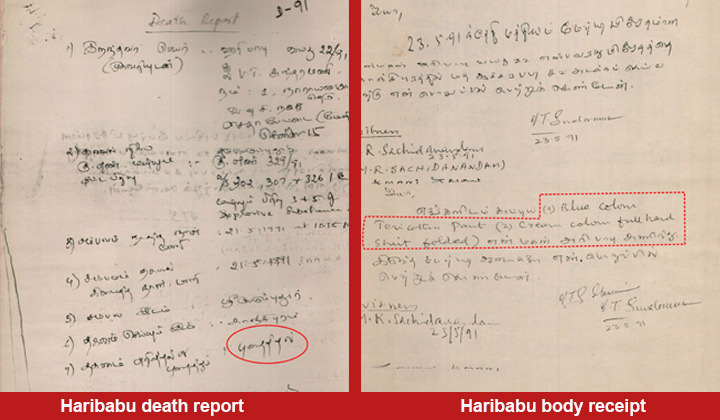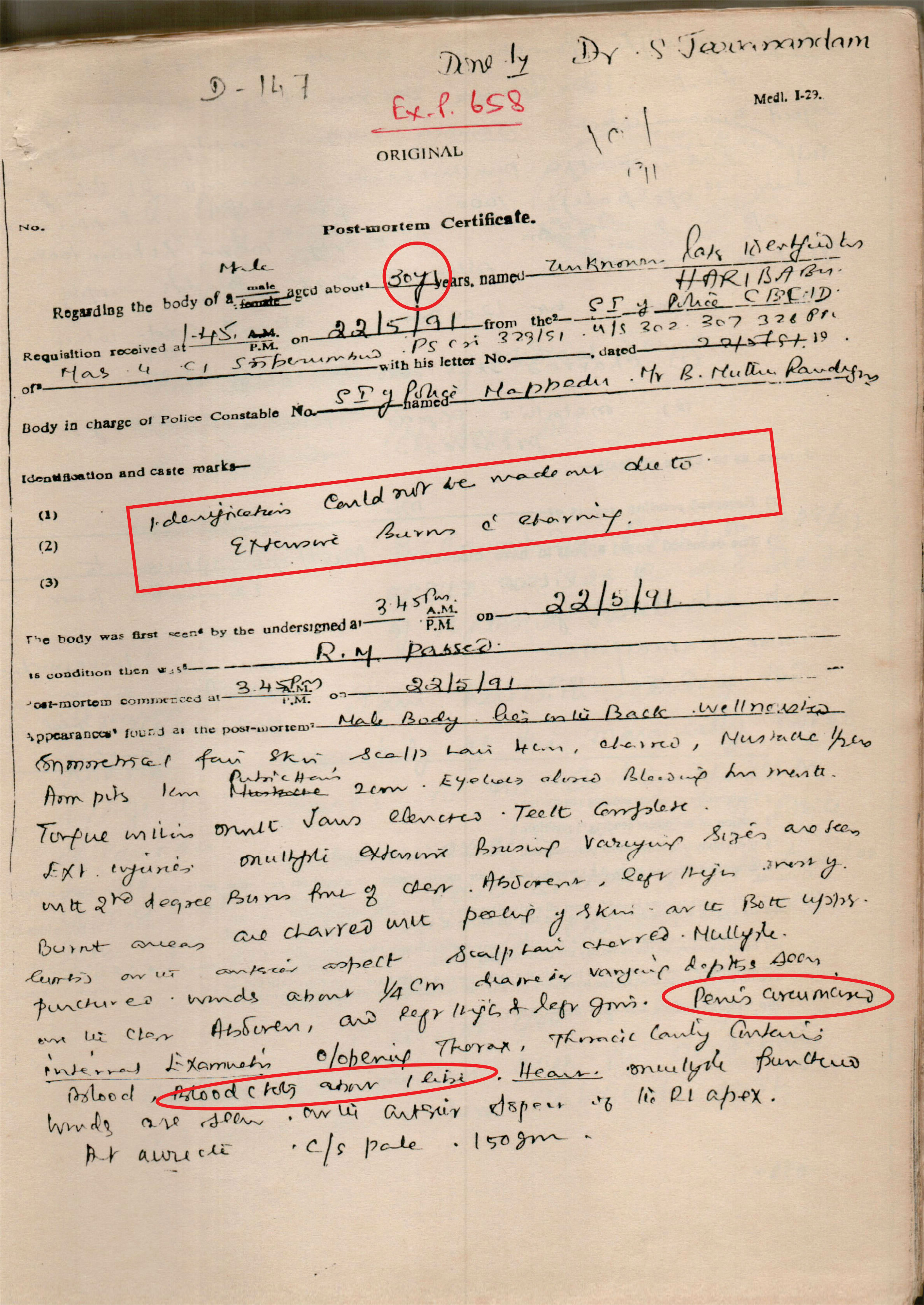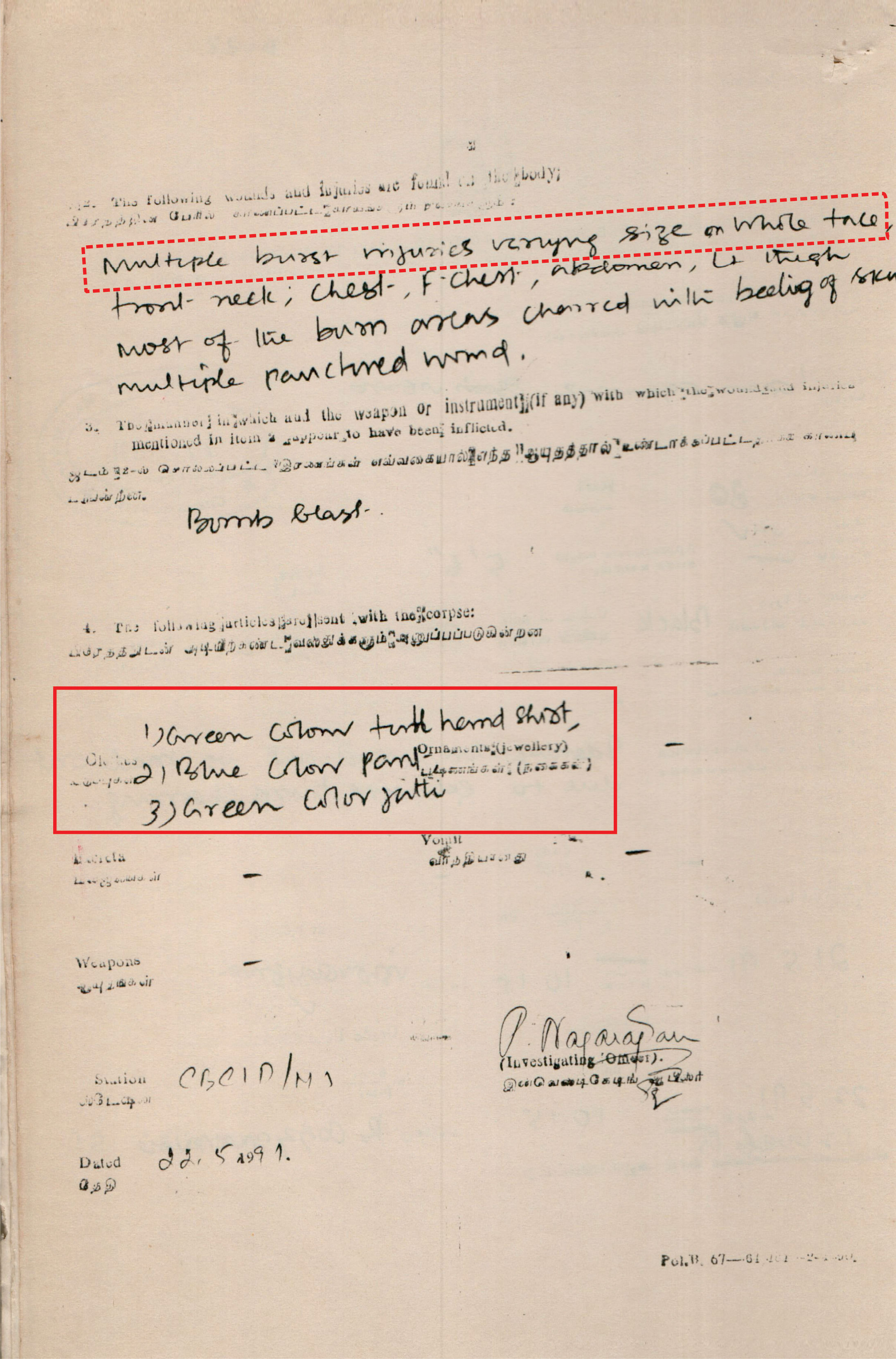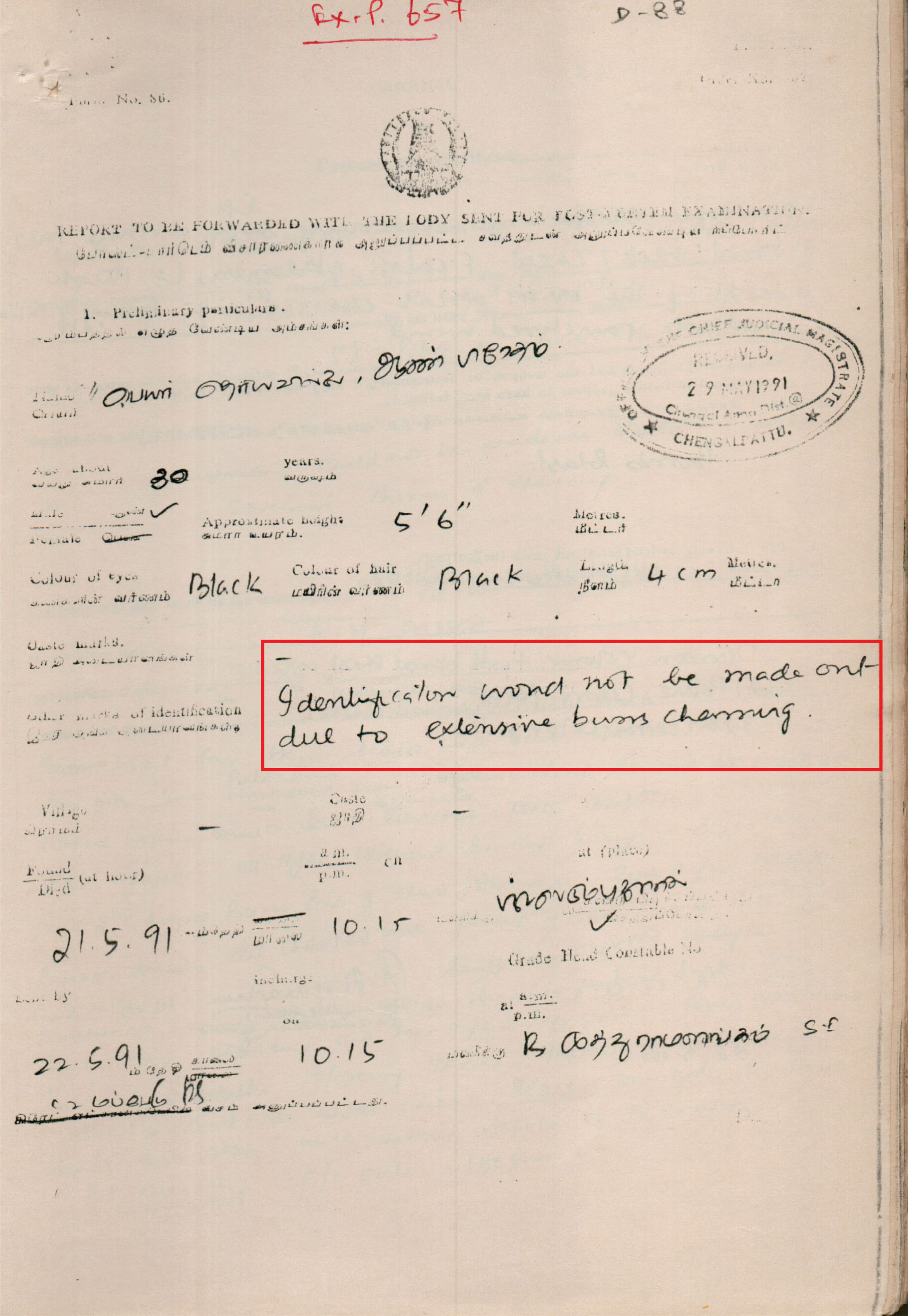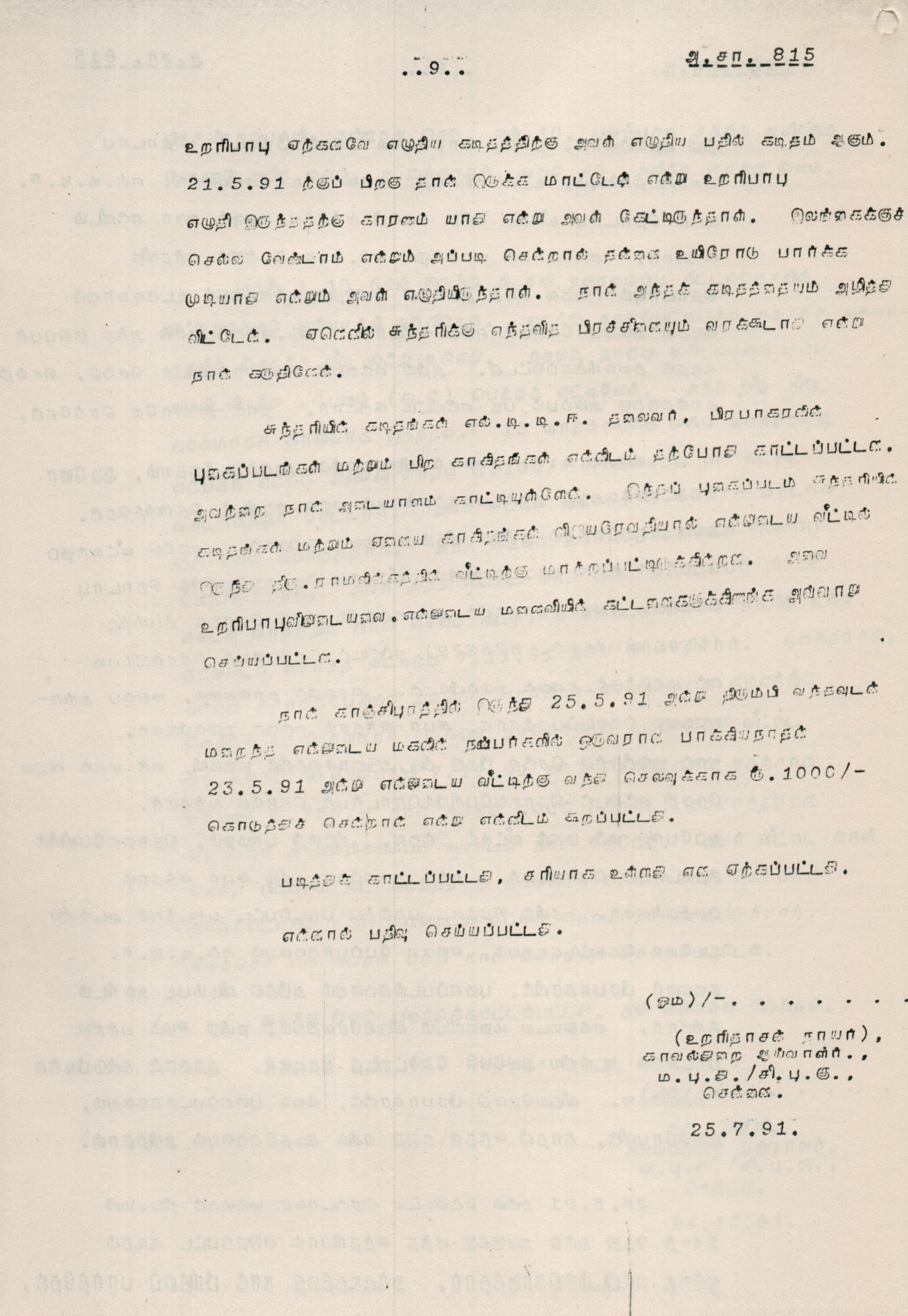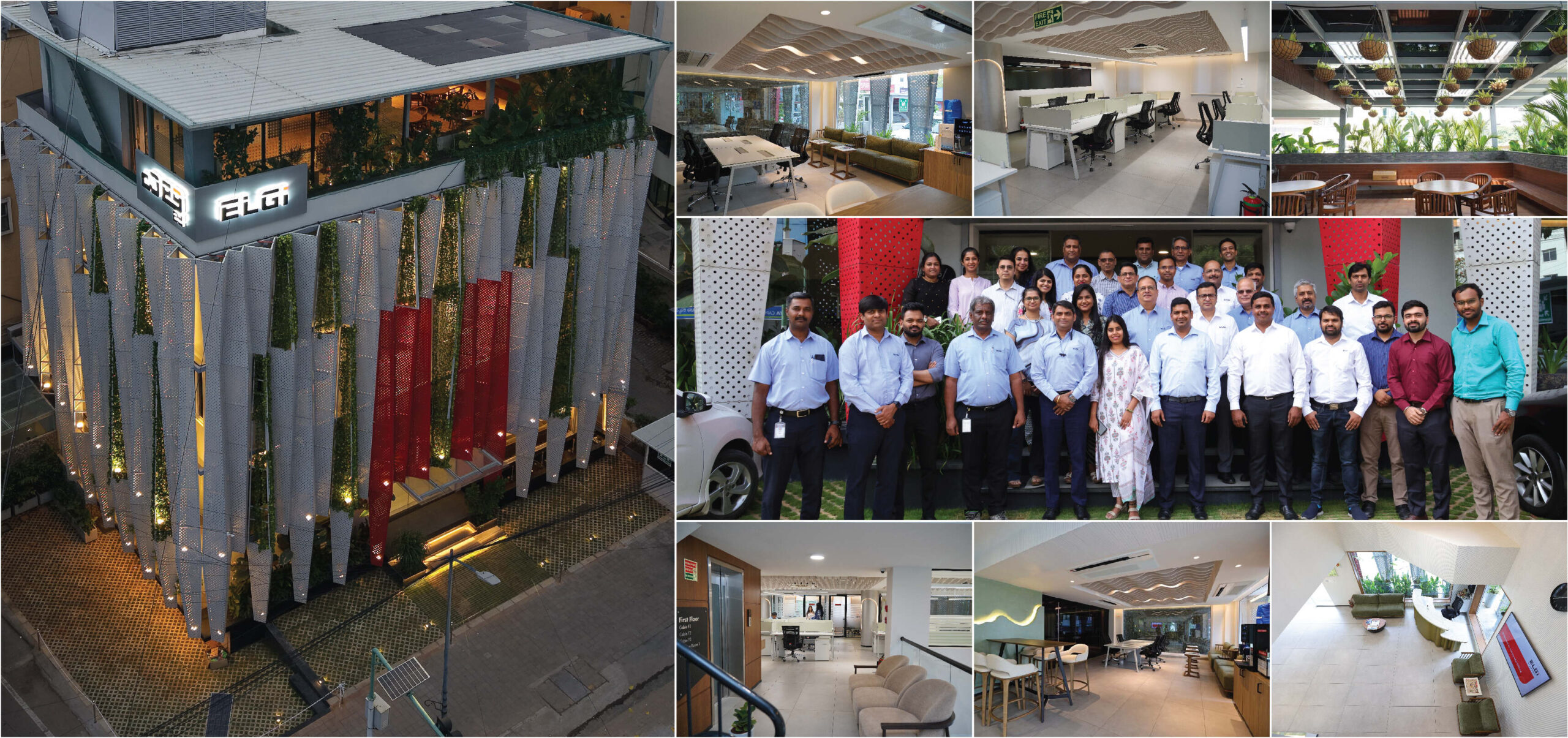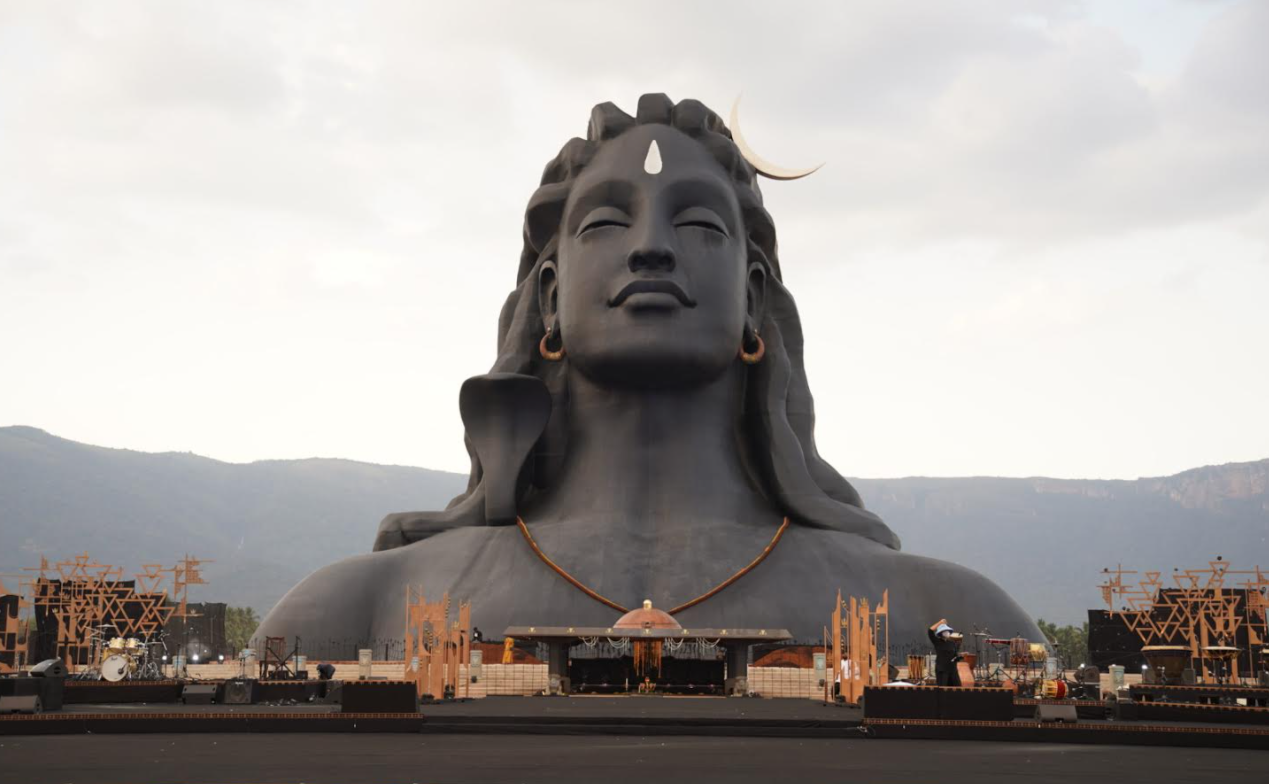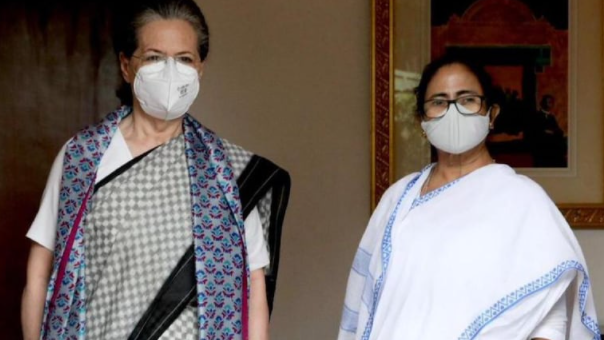Trending Now
- “If Edappadi Palaniswami permits, a thousand young members from the Virudhunagar district AIADMK are prepared to take up arms and engage in battle under my command.” – Former AIADMK Minister Rajendra Balaji
- “India is ready to deal with any counter-attack by Pakistan” – Wing Commander Vyomika Singh
- Central govt orders extension of CBI Director Praveen Sood’s tenure for another year
Coimbatore
Film revisits Rajiv killing; alleges flawed forensics
![]() July 6, 2016
July 6, 2016
The investigation into Rajiv Gandhi’s assassination has been rewritten in a film by a Coimbatore-based doctor duo that has taken a fresh stand against the evidence gathered at the first walkthrough of the crime scene on the night of May 21, 1991.
Highlighting conflicting evidence, Bypass director Dr Ramesh Radhakrishnan together with his friend Dr Puhazhendi sheds light on the omissions and commissions of the high-profile case that was ‘cracked’ based on what he calls “flawed forensics”.
“It was a shaky start to the investigations that followed,” said the director of the movie – said to be the first open source film in India released on May 28, this year.
They reveal their findings based on the innumerable affidavits and witness depositions from the Tada – Terrorist and Disruptive Activities (Prevention) Act court and the Special Investigation Team (SIT) that took 25 long years to put together.
The two-and-a-half hour movie is a gripping conversation between two travellers, one Dr Ramesh himself, and the other Pon Chandran, a theatre personality.
In the words of Pon Chandran, during the travel “the protagonist undertakes a long journey with a fellow traveller as a means for his catharsis, wherein he shares the truth, as he understands, which emerged from his understanding of the scientific basis of the forensic investigation undertaken by Dr Chandrasekhar.
“The Film is only the quintessence of the volumes of materials collected by the doctor duo from various sources of well wishers across the country.
“Finally the film demands the need to invoke the Daubert Standard for admissibility of the testimony of expert witness, in order to uphold truth and justice,” he said.
With the evidential documents, sheafs of paper and books stacked on the backseat of a car, the travellers undertake a journey through historic sites of Tamil Nadu, during which Dr Ramesh talks about the movie that simply weighs the official “base proof” on the first three days following the gruesome suicide bombing of the 46-year-old leader on a bypass in a sleepy town of Sriperumbudur, 40km from Chennai during a campaign trail in the south of the country.
“The movie presents findings based on credible documents that do not match the ‘first three days’ of findings of the forensic experts who swept the crime scene for evidence, and which formed the foundation of the investigations that concluded the Rajiv Gandhi assassination case,” said Dr Ramesh.
Ten photos of the terror attack by local freelance photographer Haribabu taken from his Chinese-made 35-mm camera are officially the first vital clues on which the investigation depended.
Officials reports said the 21-year-old photographer, who was just three metres away from the former prime minister, was also killed in the attack and his camera and photos recovered intact.
“The postmortem certificate of the body said to be that of Haribabu’s mentioned that a circumcision had been performed,” Dr Ramesh said.
But there are no statements from his parents to support this, he said.
“Also the statements of his parents to the Special Investigation Team led by D R Kaarthikeyan show discrepancies in the colour of the dress he had worn that day and his age,” said Dr Ramesh.
P Chandrasekharan, the then director of Tamil Nadu Forensic Science Laboratory (TNFSL), in Chennai, was deputed by the government to take up the investigation. He established in a spot inspection that it was a woman suicide bomber who killed Rajiv and 15 others.
But, Chandrasekharan in a deposition to the Tada court and in his book, The first Human Bomb, released in 2008 said he visited the crime scene only the next day morning (May 22) as he was advised by officials against travelling on a route that was rife with violence and arson, said Dr Ramesh.
The movie also talks about Ramasundaram, a senior journalist, who met Chandrasekharan on the morning of May 22.
In a musing in 2008 he said: “I had found that the professor had already left for the spot that same night and collected the evidence. I called him the next morning and he told me that he had just returned from the site and will go to the office shortly. I went along and told him that television networks were pressuring me to get the scoop on the assassination.”
Narrating what happened, Prof Chandrasekharan took out the LOTTO shoe that Rajiv Gandhi was wearing, showed the kameez that Danu (human bomb) was wearing, next was the battery box with the fatal switch.
“Later many foreign TV stations used my material. Even the BBC had to depend on artist impressions to reveal the incident. Even now many have asked me how I did the story.
“Couple of weeks ago the book, “The First Human Bomb (The Untold Story of the Rajiv Gandhi Assassination)” written by Prof Chandrasekaran the chief investigator was released to the public after 19 years past the incident.
“Incidentally my covering the event on the subject does not find mention in his book,” Ramasundaram said.
However, an excerpt from a book by Kaarthieyan Triumph of Truth: The Rajiv Gandhi Assassination: The Investigation, applauds the quality investigation done by Chandrashekar: “Next came the quality forensic work by the Tamil Nadu Forensic Science Laboratory (TNFSL) led by its Director Prof P Chandrasekaran. The latter was again a high-profile scientist who was infectiously enthusiastic in all his endeavours – possibly much more than his peers in the trade and the administration would at that time countenance – and who had many successes under his belt.
A knowledgeable and pleasing personality, he simply revelled in controversies, and was one who could hardly be reined in.”
Bypass has inspired the Dr Ramesh and Dr Puhazhendi team to make more open source movies.
“We have already started work on some exciting projects,” Dr Ramesh said.
Here is the website link : https://bypassfilm2016.wordpress.com/





